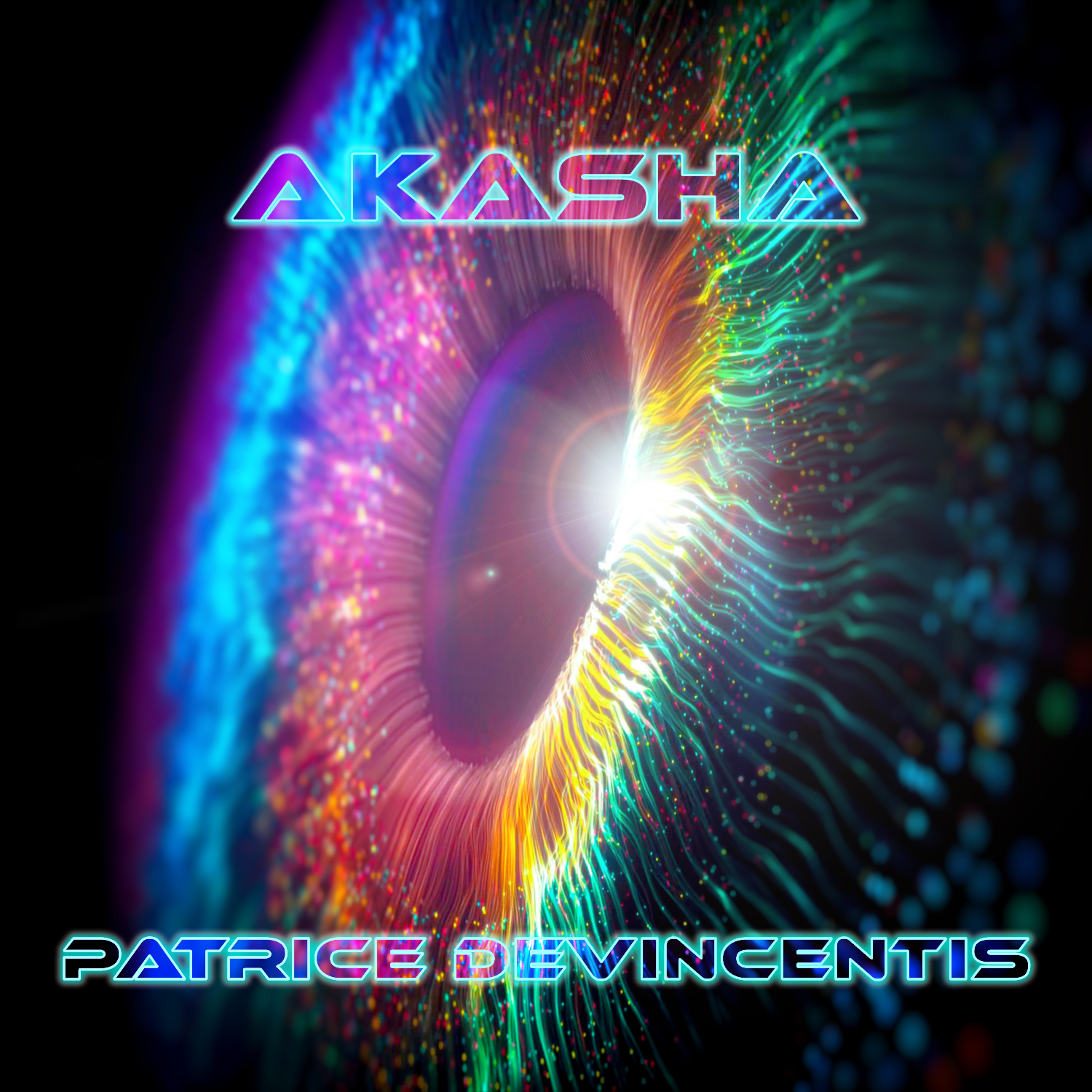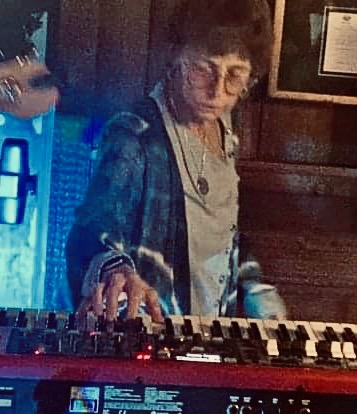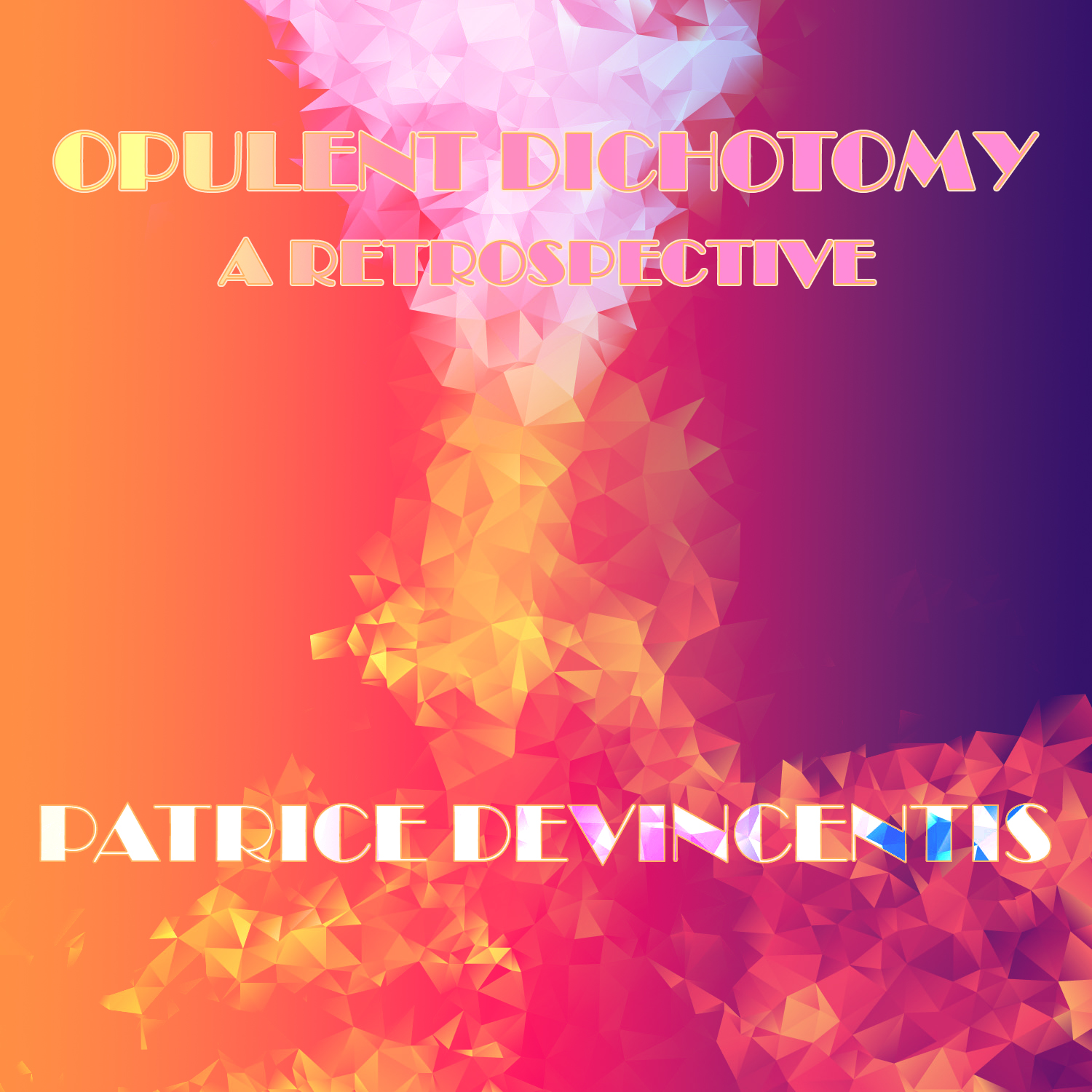Alright – so today we’ve got the honor of introducing you to Patrice DeVincentis. We think you’ll enjoy our conversation, we’ve shared it below.
Patrice, appreciate you joining us today. Have you been able to earn a full-time living from your creative work? If so, can you walk us through your journey and how you made it happen? Was it like that from day one? If not, what were some of the major steps and milestones and do you think you could have sped up the process somehow knowing what you know now?
I prepared for my career by earning a Bachelor of Music Degree from Westminster Choir College and a Master of Music Degree from Temple University, the traditional route. However, my passion lie in electronic music. I ventured out to San Francisco and had some success playing in a band there, but returned to the East Coast. There I decided to take a music teaching position. Through those five years, I kept focused on technology and music. Eventually, I left a tenured secured position to create my own production Studio ..Sonic Surgery. This was out a time when disc recording was just commercially introduced. I had learned traditional tape based skills and quickly acquired those skills in the digital format. My studio focused on Editing and Mastering and MIDI production. We also offered duplication production and management. In true artist fashion, I was also a very active performing musician, often working 5 nights a week playing keyboards. This was a successful formula for 25 years. Technology is the great disruptor, and eventually, clients were able to edit and master their own works, and in the meantime I had acquired advanced skills in software and technology management. I moved forward to become a Technical Production Specialist, still actively performing. I do not know if the process could have been sped up, but I do know that staying ontop of emerging technology and how it is used is of the utmost importance.

Great, appreciate you sharing that with us. Before we ask you to share more of your insights, can you take a moment to introduce yourself and how you got to where you are today to our readers.
To begin with, being an independent creative is a difficult task. Not only is there the aspect of the creation and production of your artistic product, but there is the networking, promotion, distribution, and performance aspects that all must be attended to. Not to mention discovering and learning bout new technologies and performance practices.
People knew of me as a local keyboard player. I was lucky enough to met Don Slepian, who introduced me to a network of electronic musicians and enfolded me into a performing group..Creative Underground.
This group produced their own shows with good success, press coverage and local buzz. In addition, Bill Rhodes helped produced my first solo recording on Jazzical Records. In the meantime, my late husband worked as the studio recruiter, finding and bringing clients into the studio. Those clients then spread the word to others. At one point, we had 250 clients on our roster. I was known as someone who did not waste time, was flexible and able to engineer a resolution for difficult situations. I provided MIDI orchestrations for Plays (Before tracks were available) and worked closely with a Crazy Duck Productions for many years.
I would say the one thing I am the most proud of is surviving for 25 plus years as a freelance female engineer and electronic musician. When I started out, there were not too many of us.

How about pivoting – can you share the story of a time you’ve had to pivot?
This is the story that is at the root of Sonic Surgery.
In 1988, I was invited to a friend’s house. He had just won a Macintosh II in a raffle and wanted to show it off.
I happily accepted and could not wait to see it. At the time, I was still working on a AMIGA computer using the software by Roger Powell..called Texture.
We gathered around the computer and he booted it up, which in those days took a while. He demonstrated the operating system, and I started to get very excited. It made so much more sense to me. I asked him, OK how do you copy a file.. With the Amiga, it was a series of line item commands. He just moved a file from one folder to the next. I was more than excited, The workflow was such an improvement.
Then he demonstrated a software title “Sound Designer,” by Digidesign. I had never seen digitized Audio before. He showed how the audio cut be cut, pasted, removed, reversed, and altered. This was a relegation. As an Editor and engineer, I had been trained to Cut and Splice tape, Change tape speed, Reverse Reels, and send audio through processing devices. My Mind was racing..I immediately realized that THIS was the key to my efforts to have an independent studio. I would offer digital mastering and Editing services. The next day I went to the bank and secured a loan to purchase the Computer, the software system, and the sound gear I needed. I spent the next 6 months woodshedding, exploring, learning and perfecting my skills. Sonic Surgery opened almost 6 months to the day. Word got around that I could Edit and Master CDS.. and the rest is history.

Is there mission driving your creative journey?
As an engineer, my goal is to become a conduit for the client, an extension or tool for them.
My job is to use my acumen and skills to bring to live the Vision that the client has for their product, while
also guiding them to bring the best out in their production.
As a composer and performer, I am bringing to the listeners something I hope will touch their souls and minds, something that will move them, touch them, set their minds to thinking. All artists have unique visions of the world, and each composition is a customized view of an experience or observation.
Contact Info:
- Soundcloud: https://soundcloud.com/user-729701388

Image Credits
Cover Art: Juan Leon


